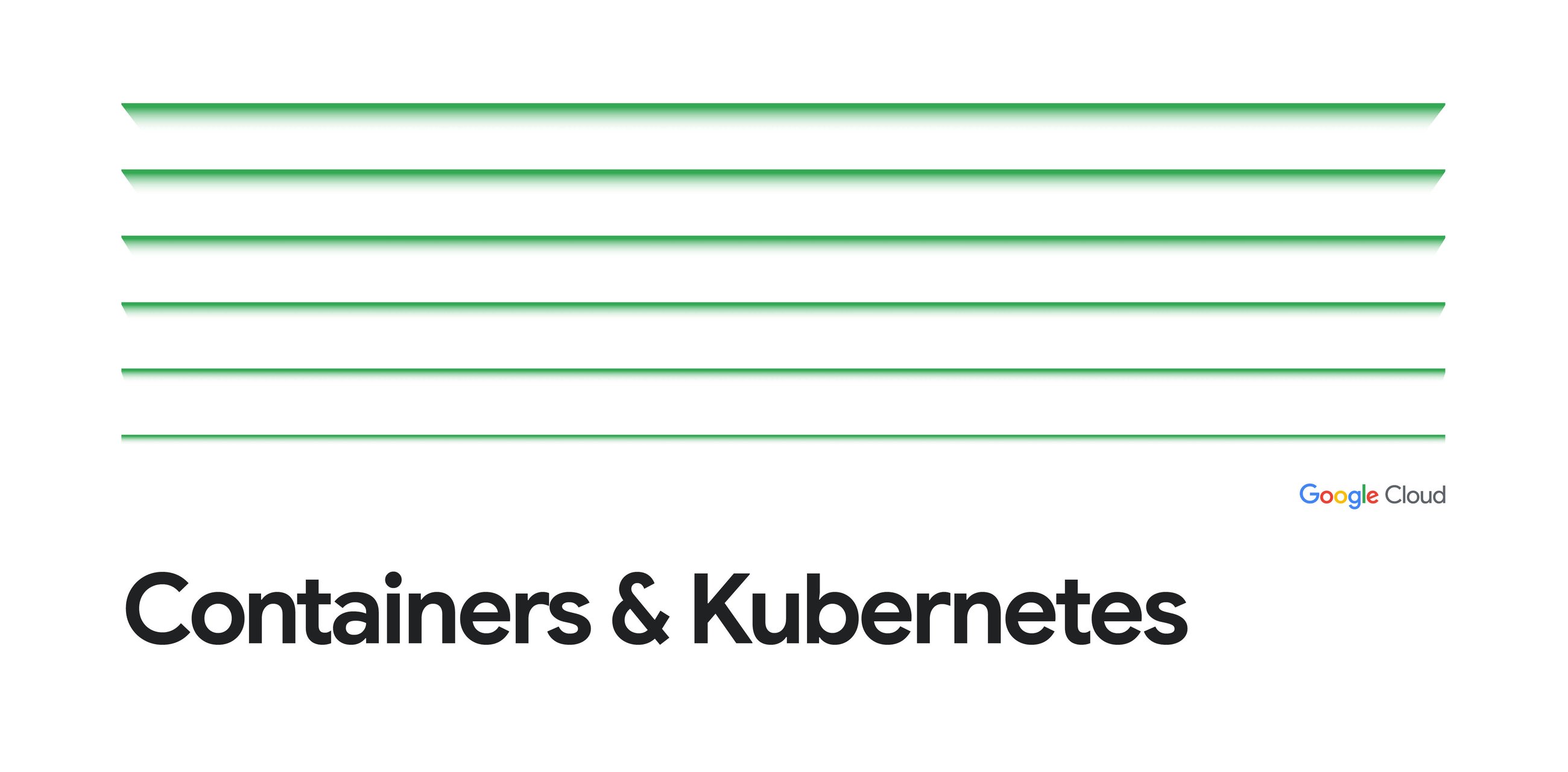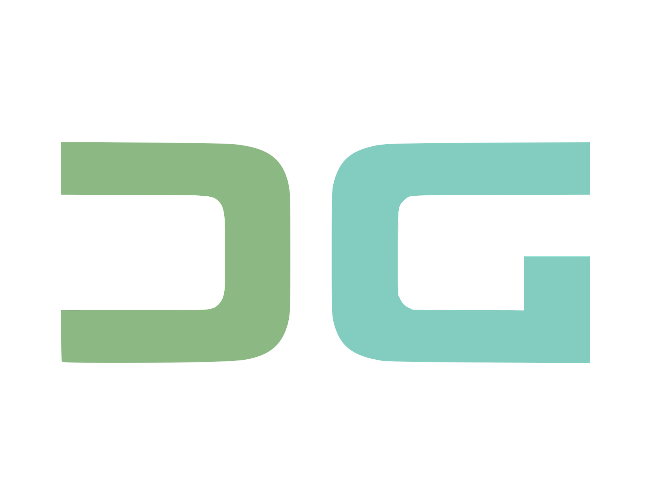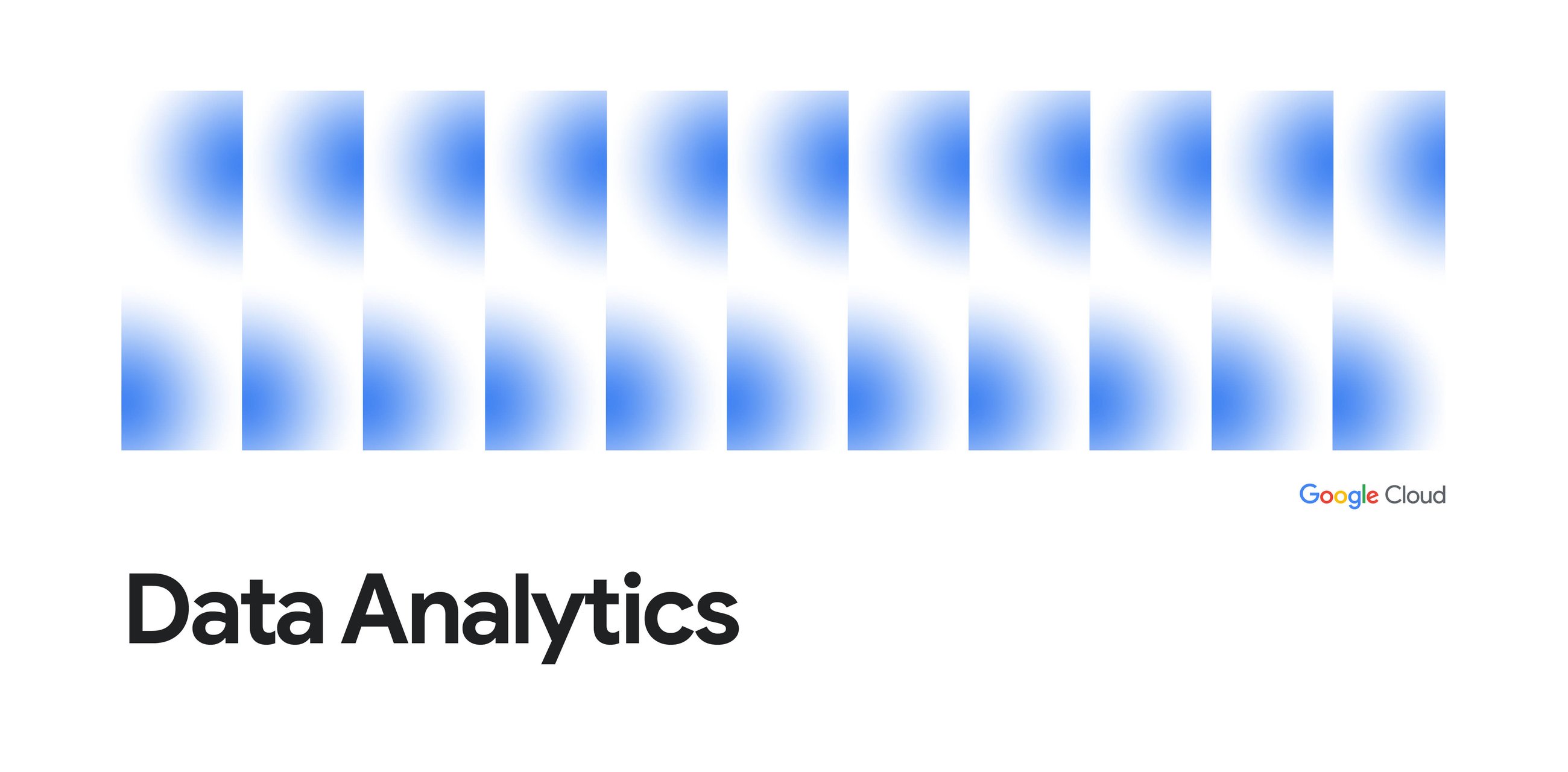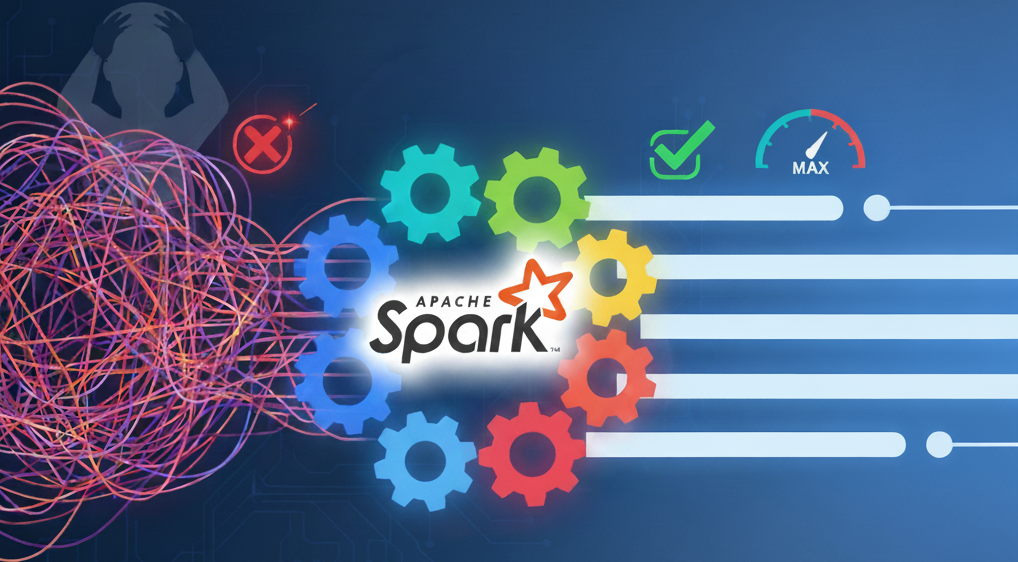
Upgrading a Kubernetes cluster has always been a one-way street: you move forward, and if the control plane has an issue, your only option is to roll forward with a fix. This adds significant risk to routine maintenance, a problem made worse as organizations upgrade more frequently for new AI features while demanding maximum reliability. Today, in partnership with the Kubernetes community, we are introducing a new capability in Kubernetes 1.33 that solves this: Kubernetes control-plane minor-version rollback. For the first time, you have a reliable path to revert a control-plane upgrade, fundamentally changing cluster lifecycle management. This feature is available in open-source Kubernetes, and is integrated and generally available in Google Kubernetes Engine starting in GKE 1.33 soon.
The challenge: Why were rollbacks so hard?
Kubernetes’ control plane components, especially kube-apiserver and etcd, are stateful and highly sensitive to API version changes. When you upgrade, many new APIs and features are introduced in the new binary. Some data might be migrated to new formats and API versions. Downgrading was unsupported because there was no mechanism to safely revert changes, risking data corruption and complete cluster failure.
As a simple example, consider adding a new field to an existing resource. Until now, both the storage and API progressed in a single step, allowing clients to write data to that new field immediately. If a regression was detected, rolling back removed access to that field, but the data written to it would not be garbage-collected. Instead, it would persist silently in etcd. This left the administrator in an impossible situation. Worse, upon a future re-upgrade to that minor version, this stale “garbage” data could suddenly become “alive” again, introducing potentially problematic and indeterministic behavior.
The solution: Emulated versions
The Kubernetes Enhancement Proposal (KEP), KEP-4330: Compatibility Versions, introduces the concept of an “emulated version” for the control plane. Contributed by Googlers, this creates a new two-step upgrade process:
-
Step 1: Upgrade binaries. You upgrade the control plane binary, but the “emulated version” stays the same as the pre-upgrade version. At this stage, all APIs, features, and storage data formats remain unchanged. This makes it safe to roll back your control plane to the previously stable version if you find a problem.
-
Validate health and check for regressions. The 1st step creates a safe validation window during which you can verify that it’s safe to proceed — for example, making sure your own components or workloads are running healthy under the new binaries and checking for any performance regressions before committing to the new API versions.
- Step 2: Finalize upgrade. After you complete your testing, you “bump” the emulated version to the new version. This enables all the new APIs and features of the latest Kubernetes release and completes the upgrade.
Source Credit: https://cloud.google.com/blog/products/containers-kubernetes/kubernetes-gets-minor-version-rollback/




